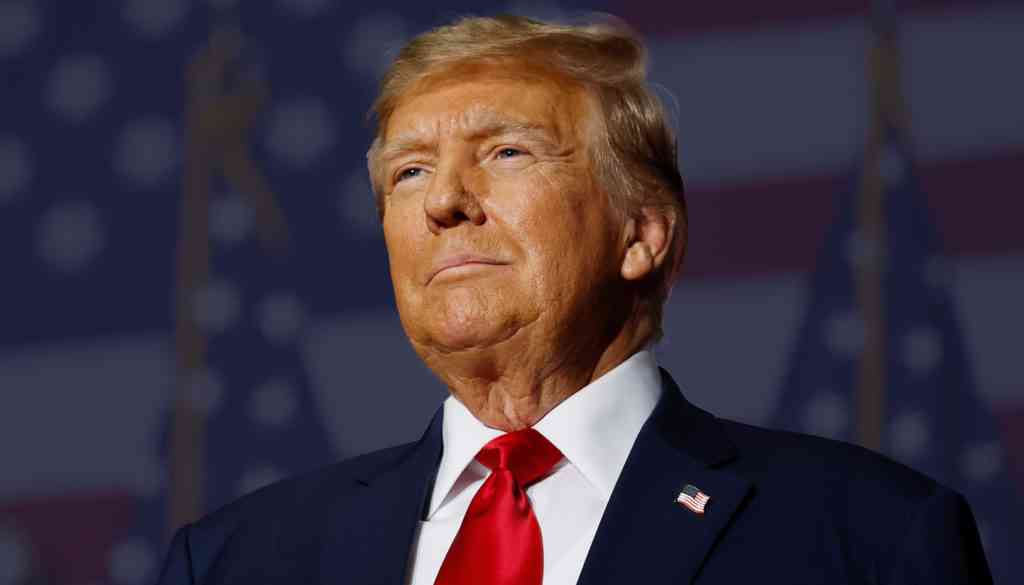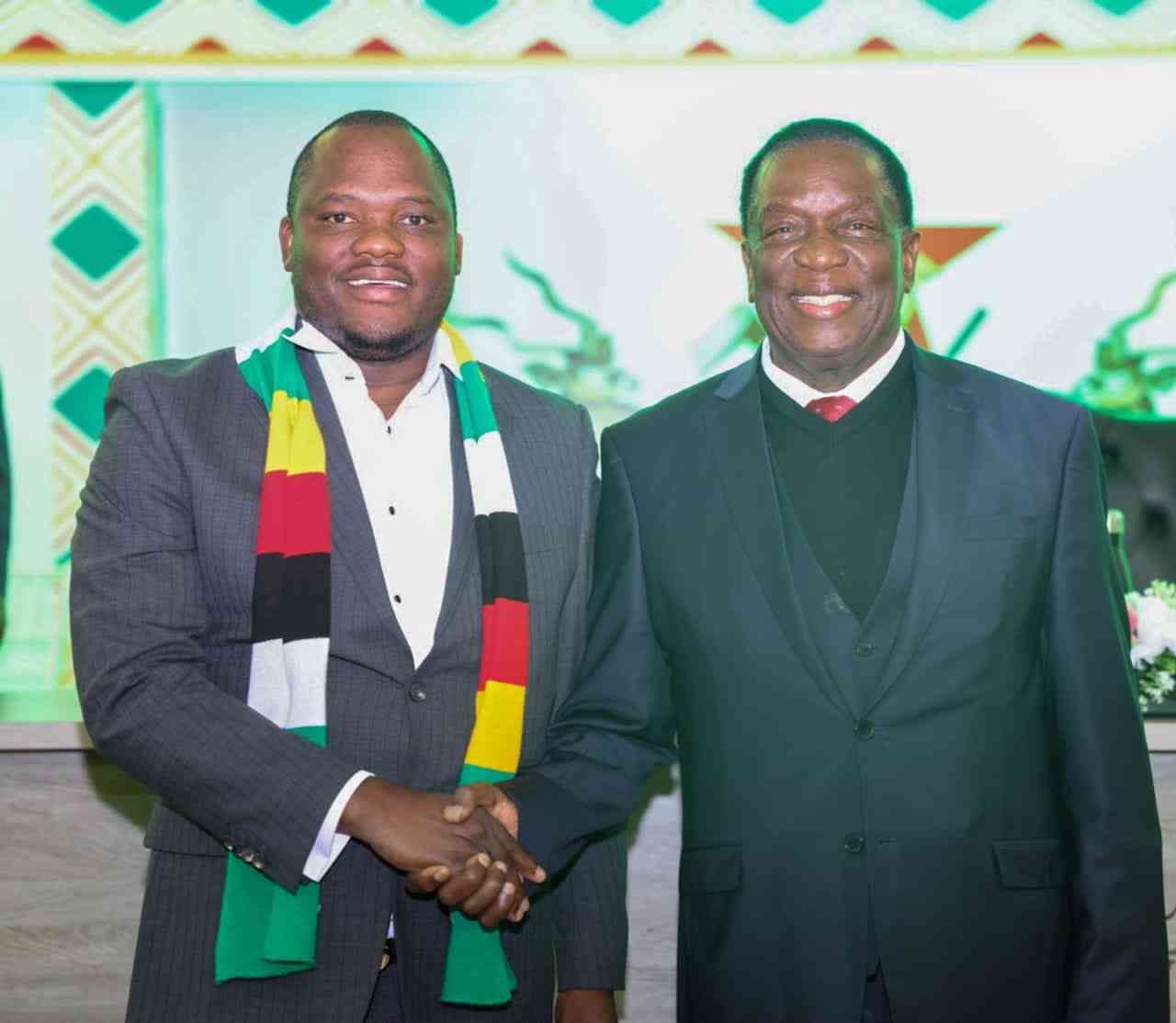
THE Zimbabwe dollar has been on a stunning freefall since the beginning of the year, and economic analysts predict that it will not recover.
After a decade of using the US dollar and other foreign currencies as legal tender because raging hyperinflation had destroyed the local currency, Zimbabwe’s central bank announced plans to reinstate the Zimbabwe dollar in early 2019.
The nation's economists cautioned against the action, but the government ignored their advice.
In 2016, the bond note, Zimbabwe's substitute currency, was advertised as having the same value as the US dollar. By 2019, however, it had collapsed and was now trading at a 400% discount to the US dollar.
The Zimbabwean dollar was given a fighting chance when it was relaunched in June 2019 by the authorities who outlawed transfers in foreign money. However, the government had to let some payments in foreign currencies when the pandemic struck.
Only four years after it was reinstated, the value of the Zimbabwe dollar has drastically decreased. Beginning in January of this year, it was officially trading at roughly $671,4 to US$1, but as of Friday last week, it is trading at $1 404,8.
Black market dealers were selling it for $3 000.
Now that the nation may be forced to either abandon its currency or revert to using the US dollar, a process known as dollarisation. History may be repeating itself.
- Mthuli Ncube abandons struggling consumers
- Zimra is now owed over $33 billion as defaults rise
- Fears of jobs carnage as crisis deepens
- Fresh warning over gold coins
Keep Reading
According to critics, the currency problems brought on by the central bank's propensity to generate money will result in the total demise of the Zimdollar.
Last month, a report by FBC Securities said uncertainty over Zimbabwe’s growth prospects had seen the currency depreciating by 58% during the first quarter, before crushing by a further 30% in April.
The government was forced to remove import limits to allow more goods to flood the market as a result of the Zimbabwe dollar's free-fall.
Black market traders now hold the majority of the country's foreign currency and after the change in monetary policy in 2019, they have developed into significant actors.
Among the measures implemented are the issuance of gold coins, the suspension of companies and individuals suspected of interfering with the exchange rate, the imposition of a 40% capital tax on investors who sell their shares on the Zimbabwe Stock Exchange before a 180-day window, and an increase in interest rates to a record high of 200%.
In a shock move in February, Finance and Economic Development minister Mthuli Ncube directed the Zimbabwe National Statistics Agency (Zimstat) to issue blended inflation, whose effect has been to present much lower rates.
It has given authorities an opportunity to gloss over the effects of a blistering economic crisis highlighted by an imploding domestic currency.
Zimstat was also directed to stop publishing US dollar indexed inflation.
In coming up with a blended rate, the government will use a weighted average of goods and services priced in Zimbabwe and US dollars.
But the Confederation of Zimbabwe Industries (CZI) warned about distortions stemming from the new strategy.
As a result of the directive, month-over-month inflation for February 2023 was recorded at -1,6%, and using the same new gauge, annual inflation was noted to have reduced from 102% in January to 92% in February.
A local research firm, IH Securities noted that in March, whilst blended figures presented a rosy outlook, the local currency was under pressure, depreciating by 34% within the month and the black-market premium widening to 64% as the official rate trails behind.
By April the local currency was now trading at a 100% premium on the parallel market where it was pegged at between $1 950 and $2 200 to the greenback; and $1 021 on the official market.
Market watchers who spoke to this publication this week predicted a further fall of the local currency, saying the Zimdollar was not going to survive this onslaught.
They opined that the recent measures by the Finance minister were not sufficient to salvage the beleaguered currency.
“The freefall to me is not surprising because I predicted this around 25 November where I said the rate should be above $1 500 by June and inflation above 400%,” economist Gift Mugano said in an interview.
“The reason being liquidity. I was commenting on the national budget then. My argument was that the budget is quite massive and where the government is paying contractors, the rate will run away. This is the major driver of the exchange rate today.”
He added: “Our exchange is a monetary phenomenon, whenever there is excess liquidity or money supply in the market, and then it runs away. There is no question about that because if you look at the monetary developments they are pointing in that direction.
“That is the reason which has weakened the Zimdollar. Normally, the national economic agents respond also in a manner that is self-fulfilling. When the rate is falling, the behaviour by people and businesses would be to preserve value.”
Mugano said the business undertakes forward pricing knowing that one could not price using the current rate because the following day it would have changed.
“So they guarantee value by doing so,” he said.
However, the professor of economics said by passing the rate to the consumer who might tag the rate at the one used by the business, the rate becomes self-fulfilling because of lack of confidence in the market.
“The Zimdollar is not going to survive this onslaught because even the measures put by the Finance minister are not sufficient. He deliberately ignored the challenges of excess liquidity which are in the market caused by his budget.
“He never said anything. If I were a Finance minister, I would have proposed to pay contractors with more US dollars. For example, I would then propose to say 80-90% of the services in US dollars, even 100% in some cases. That way you are restricting the companies from going to the black market.
“This was going to be a game changer, but he never said anything. Likewise, he could have mentioned that he was going to raise the component of the US$ significantly since civil servants expect to get $2,2 trillion from the budget which is 52% of the budget.
“It’s quite massive. So, the civil servants are facing a market which has almost dollarised and they are getting significant ZWL component so they will have to change the money. If they were getting salaries USD, it would have gone a long way in slowing the runaway exchange rate.”
Mugano said the liberalisation of imports on basic commodities will also drive imports upwards, thereby draining foreign currency and pushing forex demand. This will also further push the rate up.
“The moment these cross borders import these basic commodities, they will also demand USD for their goods. Naturally, this will again drive up the exchange rate. So, the future of the Zimdollar is not certain.”
Another economist, Chenaimoyo Mutambasere said the monetary policy had failed in its mandate to assure economic stability and credibility.
“The free-fall of the local currency comes as no surprise to economists around the world. Rather what continues to bemuse most of us is the insistence by the central bank of retaining a multi-currency system on the back foot of hyperinflation and disrupted production chains from ensuing global crisis and the effects of climate change in the last four years.
“Nothing much has changed probably since 2016 with policy rates being extremely high which is a deterrent to economic growth, adhoc and arbitrary policy instruments that have been introduced undermining investor confidence in our economy and poor investment in infrastructure which is needed to sustain productivity to achieve marginal utility results.
“All these result in a weakened domestic market that relies on imports. Prices to cater for high production costs , imported raw materials and poor performing domestic market also given the low wages offered to civil servants who form the bulk of the employed ,” she said
Mutambasere said the local currency currently was like funny money in Zimbabwe because it existed only to be changed into US dollar.










